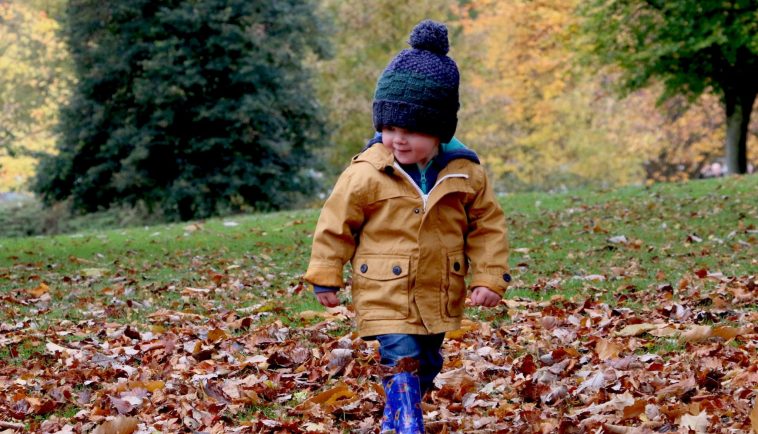All Change!
Although it is often sad to say good-bye to the outdoorsy days of summer, there’s much to enjoy as nature calls “All Change” and the spectacle of autumn begins.
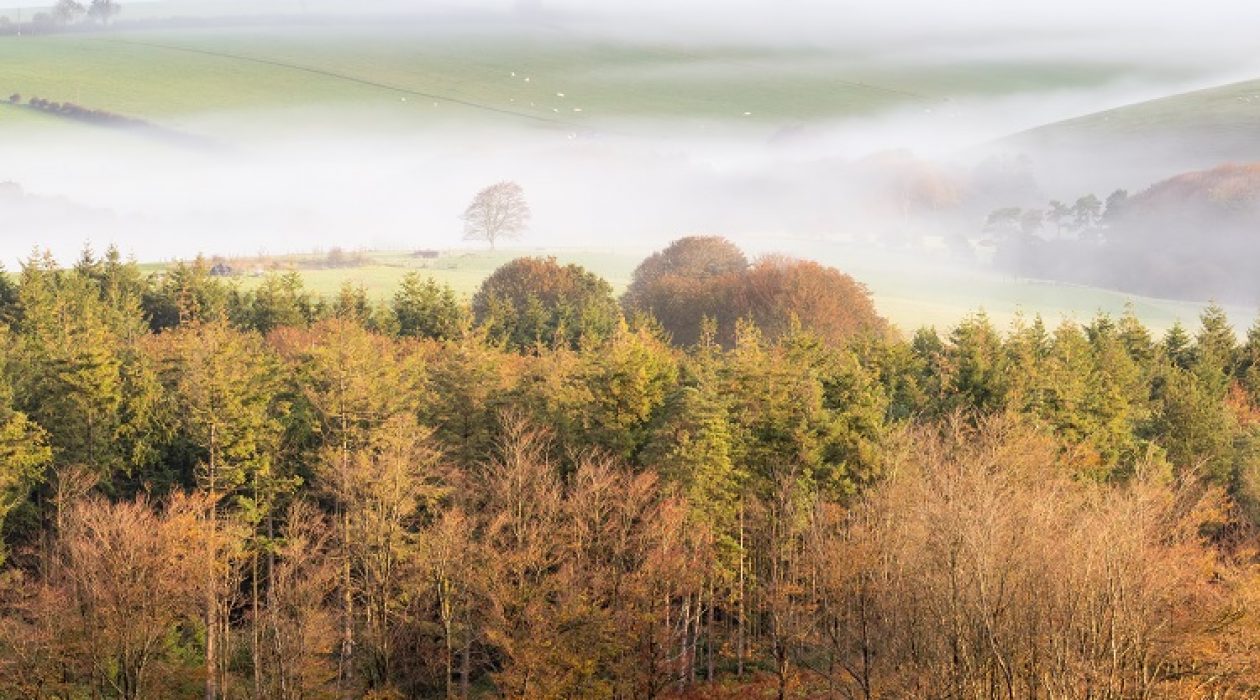
Although it is often sad to say good-bye to the outdoorsy days of summer, there’s much to enjoy as nature calls “All Change” and the spectacle of autumn begins.

You don’t need to travel far to enjoy the changing colours of autumn. Take a closer look at the street or park trees and hedgerows where you live and you’ll find some real jewels of autumn colour.
The green colour of leaves is from chlorophyll which helps plants turn the energy of the sun into sugars. In the autumn, levels of chlorophyll drop with the lower temperatures and as the green colour retreats, the yellows and oranges of the leaves are revealed.
If the autumn is very dry, some trees produce anthocyanin which produces a red leaf colour. Look out for the beech, field maple, hawthorn and silver birch trees for their kaleidoscope of leaf colours. Take a closer look for berries too – rowan and guelder rose are bright red, while spindle has spectacular pink and orange berries.
While we lose many birds who are travelling to warmer climates for the winter, there are plenty of birds arriving in Dorset for its milder temperatures.
Look out for fieldfare and redwing flying here from Scandinavia (and gorging on autumn berries when they get here!). Tagging along with these for safety, tiny goldcrests and firecrests also arrive here and settle in Dorset for the winter.
You can find out more about bird visitors on the Birds of Poole Harbour website which lists daily sightings and has live webcams.
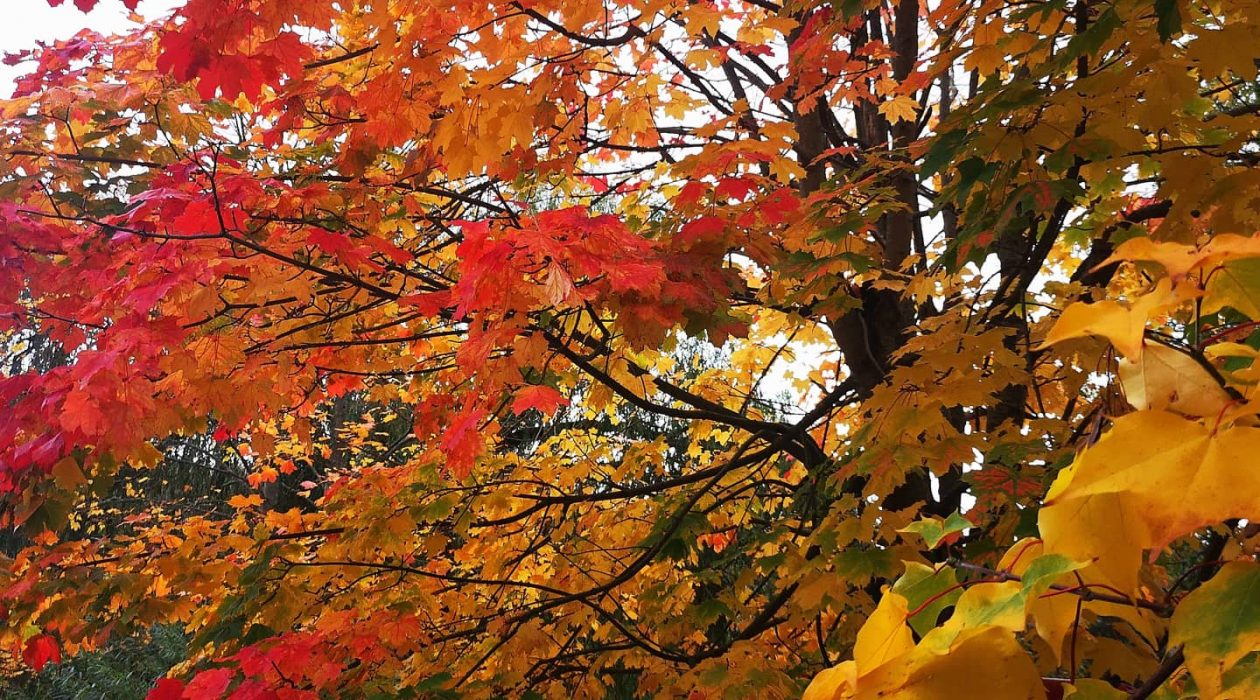
In our recent Urban Nature Project workshops with schools in the Bridport area, (part of the Natural History Museum initiative with Dorset Museum) students were encouraged to take on the role of nature scientist and start to question the urban wildlife around them.
Taking a closer look at trees were a great inspiration for their questions … Why are leaves green? … How are the seeds made? … Why does bark form in multiple layers? …
If you are a teacher of KS3 / upper KS2 pupils and would like to take part in the FREE Urban Nature programme, do contact us on dorsetaonb@gmail.com.
When is Autumn? When blackberries
are bursting, ivy flowers,
evenings draw in,
leaves flame-a-fire.
All’s damp and earthy,
spun by spiders’ webs,
stubbled fields laid bare,
and fog descends.
This is just one of the many beautifully illustrated poems and stories – this one by Sarah Acton – from our Stepping into Nature ‘Autumn’ book.
The book is a collection of autumnal themes, which will help you connect with nature and prompt memory, conversation and reflection without the need to step outside, so is perfect for those that find it difficult to get outdoors and enjoy the health and wellbeing benefits of connecting to nature.
For further information and to request your FREE copy click HERE
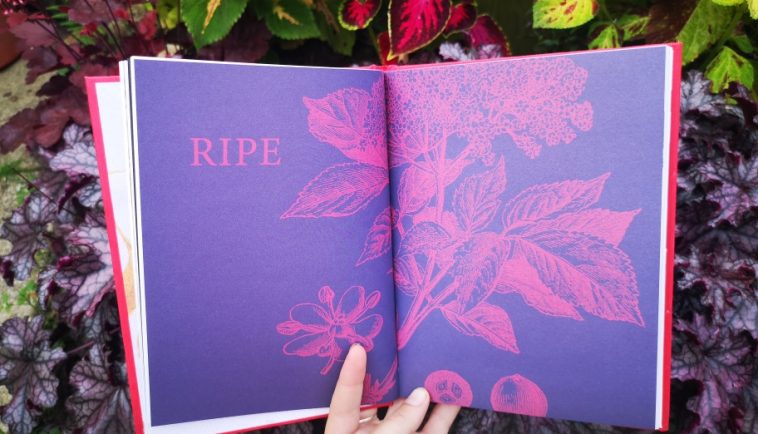
Jelly Ears, Penny Buns, Stinkhorns and Devils Fingers are just some of the fungi waiting to be discovered this autumn. UK Fungus Day on 8th October invites you to find out about the largely hidden world of fungi!
Autumn is the best time of year to find fungi – the warm and damp conditions at this time of year suit them best. Head out to the woods … or even to your park, garden or yard … and you’re bound to find a few of the 15,000 species of fungi growing in Britain. But the mushroom or toadstool you may find are often just the tip of the iceberg to an extensive underground fungi kingdom that helps the circle of life keep turning.
Where to start looking?
The Fungi Day spotters guide video by Ali McKernan (aka The Fungi Guy) really made us smile and a great starting point for your mini expeditions.
Dorset Fungus Group run regular fungi forays in the east of Dorset, a good chance to learn about fungi from the experts.
Or book onto the National Trust Fungi Foray on Brownsea Island
Magical and Mistrusted – find out about the fungi found in woodlands with the Woodland Trust website guide.
Find out about what’s below the tip of the fungi iceberg with online talks on the UK Fungus Day website
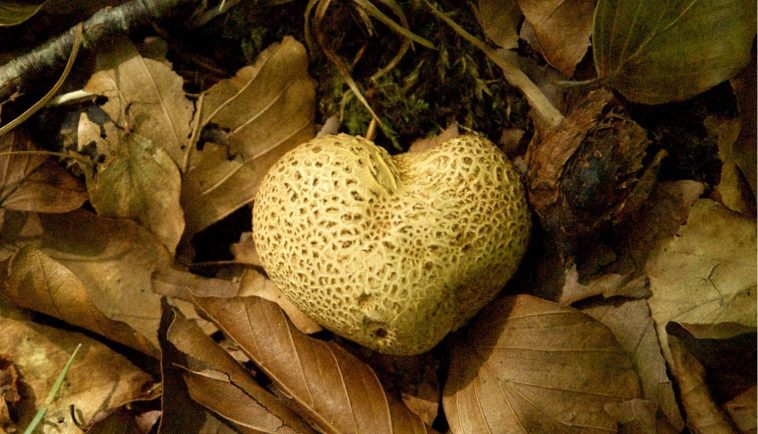
October is peak apple season – having ripened with the summer sun and plumped up with the recent rains, they are ripe for picking and already dropping off the trees.
Dorset has had a very long love affair with apples, so it’s no surprise that Dorset cider and Dorset Apple Cakes are so popular here. With ideal soils for apple tree growing in the vales of west and north Dorset, 200 years ago there were over 10,000 acres (acre= size of football field!) of traditional orchards in Dorset.
Although many of the orchards have been lost, some of the old varieties have been saved – Golden Balls, Maiden’s Blushes, Dorset Best Bearers and Symes Seedlings are just some of the lost and found varieties special to Dorset.
Here’s some things to do to make the most of apples this autumn:
Who doesn’t love getting their wellies on for the first time after a long hot summer? With the autumn drop well underway, head to your local woods and kick leaves til your heart’s content.
Ideas for good woods to visit:
Visit the Explore section on our website for more information on all these walks and more.
